brittle branches Learn more about brittle branches
-
Morphological characteristics of brittleness in pimple

Morphological characteristics of brittleness in pimple
2018-07-24 -
Bonsai skills: an example to explain the branch drilling assisted bending method

There are many ways to bend branches, and there are different choices according to different situations. For thicker branches or brittle tree species, some auxiliary means may be needed to succeed. Drilling holes in the branches is also a kind of assistance.
2018-05-28 -
Introduction performance and cultivation techniques of a New early ripening fresh Jujube Variety Wanzao No.3
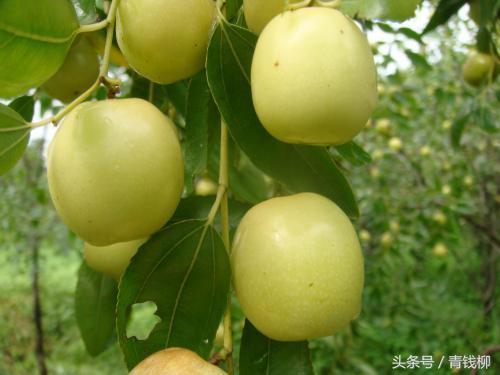
Introduction performance and cultivation techniques of a new early-maturing fresh jujube variety Wanzao 3 is a new southern fresh jujube variety bred from Anhui local jujube germplasm resources by the Institute of Horticulture, Anhui Academy of Agricultural Sciences.
2018-09-21 -
Planting jujube without organic fertilizer suffered losses.

This year, the price of jujube varies greatly. The main reason for the price difference is the difference between sweetness and brittleness, and the difference between sweetness and brittleness is mainly due to the different kinds of fertilization besides the characteristics of varieties. At present, it is the second root development period of jujube, the first peak period is from late May to early June after the new shoot stops growing, and the second peak period is from fruit picking to early November. From the survey of jujube farmers, many farmers are only used to fertilizing fruit trees in spring.
2019-01-15 -
Causes of fruit cracking of facility grapes and preventive measures

Causes and preventive measures of fruit cracking of facility grape ① variety characteristics. The varieties with close arrangement of grains and thin and brittle pericarp are easy to crack, such as Zhana, Xiangfei, Zhengzhou early jade, Victoria, Jufeng and so on. Preventive measures: select anti-cracking fruit varieties,.
2018-05-28 -
Rose lobular disease
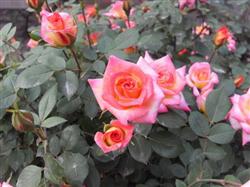
Symptomatic rose lobular disease is a common physiological disease in northern China. Lobular disease occurs on young shoots and young leaves, and the disease is more obvious when the spring rose sprouts. The diseased branches germinated later, the leaves were narrow and slender, the leaf edges were upward, the quality was hard and brittle, the leaf color was light yellowish green, and the leaf color was uneven.
2018-09-09 -
How to preserve fresh ginseng

Fresh ginseng can be washed and soaked in liquor for preservation; fresh ginseng can also be wrapped in plastic wrap and placed in a freezer at a temperature of 0-2 degrees Celsius; or fresh ginseng can be dried and packed in plastic bags and stored in the freezer. At present
2020-11-09 Fresh ginseng how save will fresh wash after -
What about the drug damage caused by Dwarf?

The symptoms of drug damage caused by Daizhuangsu are as follows: serious dwarfing of plants, inability of fruit branches to stretch, deformed leaves, appearance of chicken claw leaves, clusters of buds, short internodes of fruit branches, brittle branches and leaves of plants, and easy to break. Drug damage caused by seed soaking, curved roots, serious lack of young leaves, and delay in seedling emergence.
2020-11-11 Short and strong vegetarian drug damage how to do short and strong vegetable performance -
Prevention and Control of Potato virus Disease

Potato virus disease is the main disease of potato. According to the symptoms, potato virus disease is often divided into two categories: potato mosaic disease and potato leaf roll disease. Potato mosaic disease is the main occurrence in most areas of our province, which generally reduces potato production by 20% Mel 50%, and serious ones by more than 80%. Symptoms of common mosaic disease: after the plant is susceptible to the disease, the growth is normal and the leaves are spreading, but the leaves are light between the veins, showing different shades of mesophyll color. The leaves are easy to see yellow and green light flowers and leaves. In some varieties
2019-01-16 -
Control techniques of peach blossom leaf shrinking disease

First, symptoms and damage to the disease occur from time to time in the south, causing branch blight when the disease is serious, affecting ornamental. The disease is mainly harmful to leaves. In early spring, the leaf margin curls downward, the local or whole leaves of the diseased leaves become blister-like, the leaves become thicker, brittle, yellow or red, and the leaves are twisted. The disease is covered with gray-white powder layer in early summer, and the leaves fall early when the disease is serious. The young shoots were grayish green or yellow when damaged, the internodes were short and thick, slightly curved, and the upper leaves were clustered and curled. The branches withered when they were seriously ill. Second, the pathogen and the characteristics of the disease
2019-01-16 -
Morphological characteristics of privet

It is generally about 6 meters high. Leaves leathery and brittle, ovate, broadly ovate, elliptic or ovate-lanceolate, 6-12 cm long, glabrous. Panicles 12-20 cm long. Drupe moment orbicular, purplish blue, ca. 1 cm. Evergreen trees, crown ovate. Bark grayish green, smooth and indehiscent. Branches spreading, smooth and glabrous. Leaves opposite, ovate or ovate-lanceolate, apex acuminate, base cuneate or subrounded, entire, surface dark green, glossy, glabrous, back light green, leathery. June-July flowering, white flowers, panicles terminal
2019-01-16 -
A brief introduction to the bonsai plants of Sheung Shui Stone (absorbent Stone) understanding the habits of plants
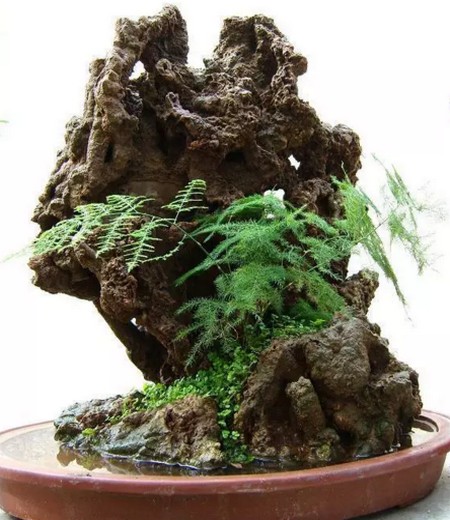
The performance of Shangshui stone is strong. After storing water in the basin, it can be sucked to the top instantly. Stone can plant weeds, moss moss, green and moist, for the production of bonsai stone. Sand stone, pleasanting and brittle, but strong water absorption; limestone has slightly higher hardness and finer structure than sand stone. Sheung Shui Stone
2019-06-25 -
Pruning modeling technology of rhododendron bonsai
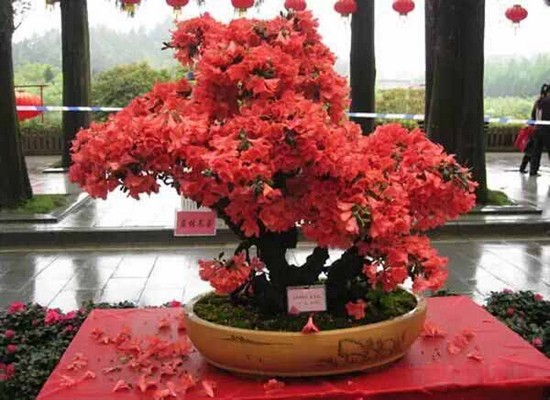
Cuckoo bonsai is a work of art, the pursuit of its artistic characteristics, it is necessary to talk about the perfect combination and comprehensive display of family roots, piles, stems and branches. Generally speaking, it is difficult to change the roots and piles of rhododendron bonsai, but it is easy to use the branch method and has plenty of room for expression.
2019-06-12 -
How to plant crispy branches in Xishuangbanna? Introduction to climate adaptation and planting techniques of crispy branches
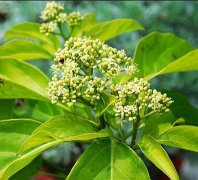
Crispy twig is a kind of medicinal plant, which has high medicinal value, such as detoxification, detumescence, dispelling wind and so on. Do you know how to grow this kind of plant? Let's get to know it. Crispy twig is a species that lives in the tropics and subtropics.
2019-04-11 Xishuangbanna green brittle branches how planting adaptation climate and -
Identification and Control of Jujube Mad Disease

Jujube mad disease, commonly known as "male jujube tree", is a destructive disease of jujube tree. In serious cases, it can cause a large number of jujube trees to die and even destroy the garden. 1. Symptom recognition (1) the initial symptoms appeared after flowering, which were characterized by degeneration of floral organs and abnormal germination of buds, narrow leaves, clustered branches and leaves, and spatulate veins, yellowing and curling. (2) the diseased tree leaves had obvious pathological changes after anthesis, first the mesophyll turned yellow, gradually the whole leaf yellowed, the edge curled up, and became hard and brittle in the later stage. (3) positive buds and positive buds on one-year-old developing branches of diseased plants
2019-01-16 -
Market price of Polygonatum odoratum
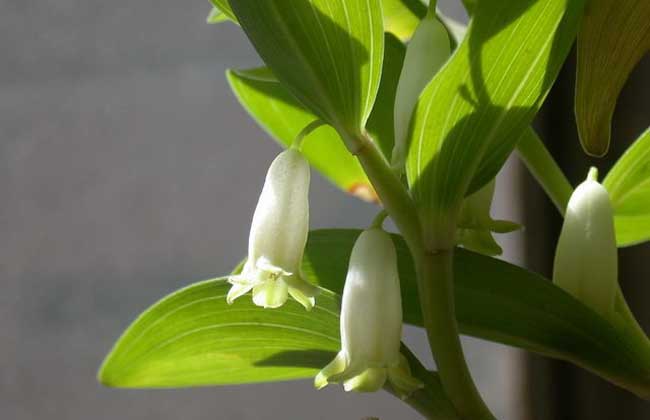
Market price of Polygonatum odoratum
2019-02-18 -
Symptom characteristics and control of peach leaf shrinking disease

Peach leaf shrinkage disease is a common disease in spring, which mainly harms green peach, cherry, apricot, plum and so on. 1. Pathogen: the disease is caused by outer ascomycetes in fungi. 2. Symptoms: it mainly harms leaves, and in serious cases, it can also harm flowers, young fruits and twigs. The plants infected with the disease showed wrinkled ripples after spreading leaves in spring, the leaf tip and edge were rolled back, and the leaf surface was uneven. After that, with the growth of leaves, the leaf color gradually changed from yellowish green to purplish red, the mesophyll thickened and became brittle, and the degree of concavity and convexity increased. The leaves grow on the surface in late spring and early summer.
2019-01-16 -
The third uncle's plastic surgery of the tall black pine has made the humble material play a new trick.

The third uncle's plastic surgery of the tall black pine has made the humble material play a new trick. The bonsai of the tree stump is not dug up or bought online is in a very good shape. If you want to maintain a unique shape of black pine pile bonsai, but also.
2018-05-15 -
Bending skills in bonsai modeling
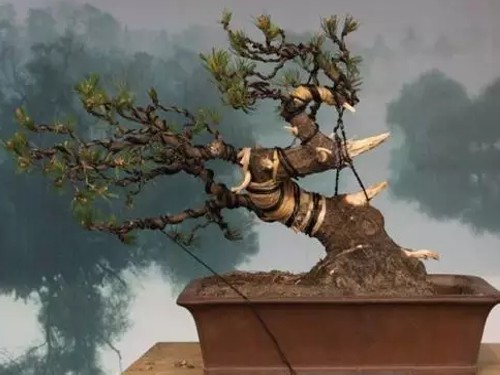
The bending of branches has always been one of the key techniques to be mastered in bonsai modeling, and the quality of bonsai skeleton determines its value in most cases; taking bending as an important means of shaping bonsai skeleton can also reflect its profound ability to make bonsai.
2019-06-10 -
Ligustrum lucidum, a native tree species in Shanghai

Morphological features: evergreen trees, up to 15 meters high, often shrubby. Leaves leathery and brittle, ovate, broadly ovate to ovate-lanceolate. The fruit is blue-purple, flowering in June and ripening in November-December. Ecological habits: neutral tree, slightly shade-tolerant, strong adaptability, like warm and humid climate, lax requirements on soil, suitable for deep and fertile slightly acidic soil or slightly alkaline soil, strong resistance to sulfur dioxide, nitrogen dioxide, dust and so on. Cultivation management: sowing and reproduction. It can be transplanted in both spring and autumn, and spring is the best. Both small and medium seedlings can be used.
2019-01-16
